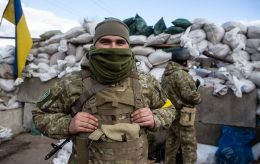Is sky protected enough? Ukraine's arsenal of air defense systems and insufficient capacities
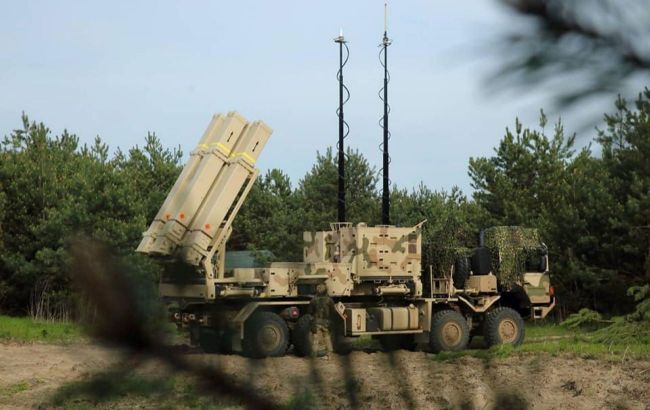 German IRIS-T on combat duty in Ukraine (Photo: Ukrainian General Staff's Facebook)
German IRIS-T on combat duty in Ukraine (Photo: Ukrainian General Staff's Facebook)
During full-scale warfare, Ukraine has developed a unique air defense system - there is no such variety of air defense means in any country in the world. It proves its effectiveness by intercepting anything that comes within reach: from kamikaze drones to ballistic missiles.
More details about the systems covering the Ukrainian sky and why achieving one hundred percent protection is impossible can be found in the material by RBC-Ukraine.
In preparing the article, material from the Ukrainian Ministry of Defense's ArmyInform agency, statements from Ukrainian government representatives and the Air Force, as well as comments from Defense Express expert Valerii Riabykh and former Deputy Chief of the General Staff of the Armed Forces of Ukraine Ihor Romanenko were used.
Multilevel air defense. What Is It?
Air defense systems are the most crucial element in the security of military operations and various facilities. Last fall, with the onset of massive attacks on critical infrastructure, Western partners raised concerns about providing Ukraine with advanced air defense systems to ensure multilevel protection against various airborne threats. In April 2023, the then Minister of Defense, Oleksii Reznikov, identified the creation of a multilevel air defense system as a priority, since the protection of objects and people both in the rear and on the front line depended on it.
Such systems comprise several levels, each with its functions and tasks. The first level involves detection means, radars that timely identify the use of specific weapons by the enemy.
"This also includes satellite systems and other sensors that allow detecting the preparation or launch of missiles or the takeoff of aviation. For example, when they observe launches of Russian missile carriers like MiG-31K and Tu-22M3, an alert is raised for us. This means that the first level is operational, and our air defense system is preparing to repel the attacks," explained Valerii Riabykh, a military expert from Defense Express, to RBC-Ukraine.
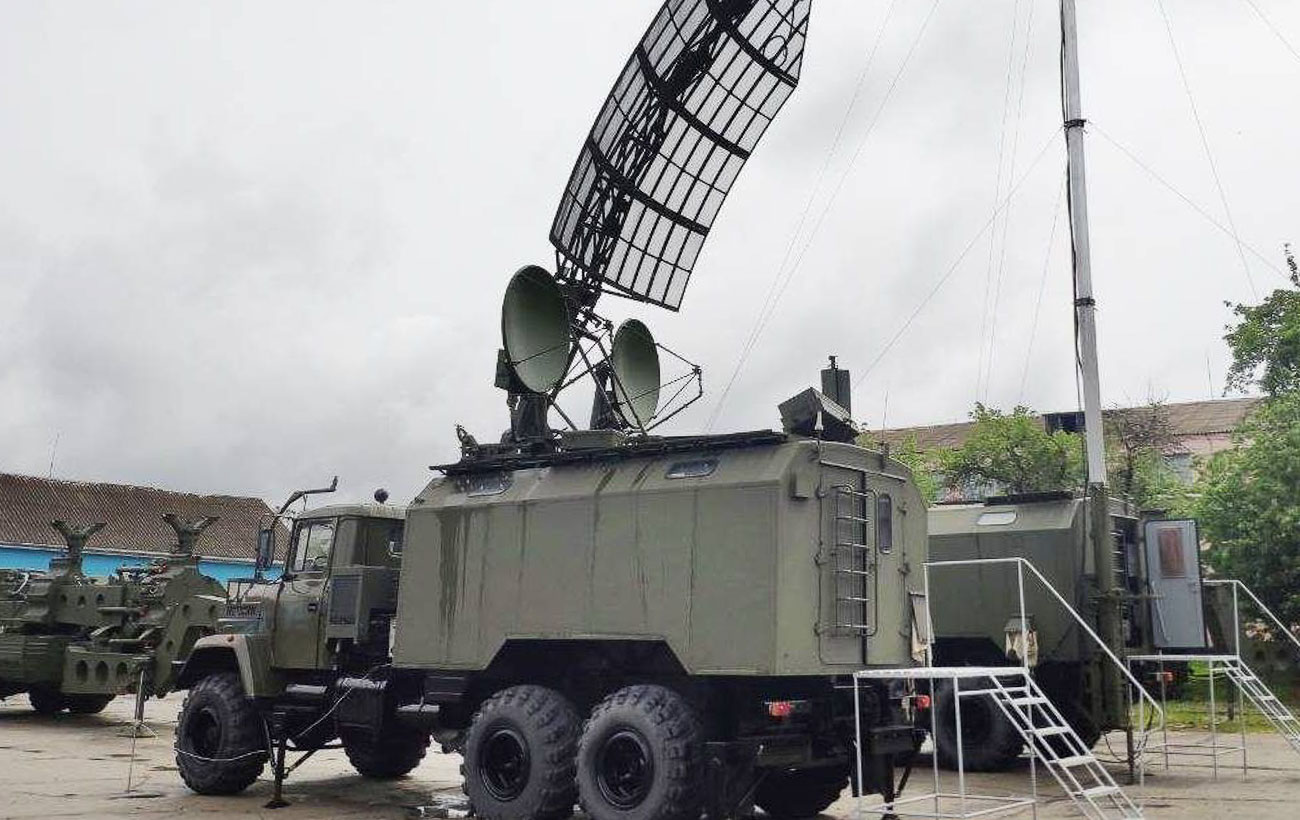 Photo: Early warning radars at the first level of layered air defense (armyinform)
Photo: Early warning radars at the first level of layered air defense (armyinform)
At the second level are systems for preventing attacks, which include means of radar, infrared guidance, and fire control. The third level consists of interception and destruction systems, which are surface-to-air missile (SAM), anti-aircraft guns, and other combat assets.
Additionally, electronic warfare means are part of the layered air defense because those same guided missiles and drones can be influenced not only physically but also through suppression or coordinate spoofing.
All these levels are supposed to be integrated into an information exchange system, and one of the main tasks is to automate and minimize manual work. Last year, there were reports about AI-based air defense systems in Kyiv that calculate target trajectories, thus accelerating the reaction. In the conditions of ballistic threats, even a few seconds can make a significant difference.
Today, Ukraine is following the path of Western countries, and with the arrival of complexes like Patriot and SAMP-T, it's now possible to speak not just about air defense but about missile defense, as former Deputy Chief of the General Staff of the Armed Forces of Ukraine Ihor Romanenko mentions.
According to him, this system is being built as follows: near the covered objects, short-range systems up to 5-10 km are placed, then those with a close action radius - up to 15-20 km, medium-range - up to 50-100 km, and long-range - usually from 30 km and beyond 100 km.
"A similar system is built in Israel, where there are four levels, but even it doesn't fully protect the country. In general, no country has 100% protection against airborne threats. In Ukraine, we see the possibility to concentrate assets around Kyiv, but for other objects and territories, what is available is insufficient," he noted in an interview with the news agency.
Assessing how closed the Ukrainian sky is now compared to before the full-scale war, it's incorrect to cite specific figures. For example, until February 24, 2022, threats were entirely different. Currently, Russians are employing drones, guided and ballistic missiles, as well as guided bombs. Roughly speaking, if previously the defense was at a 30% level, now it's at 60-70%, but again, this applies to specific objects. In Ukraine, there are still many objects practically unprotected by air defense, adds Romanenko.
Air defense assets of Ukraine. From short to long-range
Each type of air defense has its strengths and weaknesses, they serve different functions, and accordingly, they intercept different targets. Classification can vary, but let's focus on the simplest - by range, which was mentioned earlier.
Usually, short-range includes anti-aircraft artillery and man-portable air-defense systems (MANPADS). They shoot at a short distance, but due to their relative inexpensiveness and ease of mastering, there can be many of them. Some of them are used by mobile groups in Ukraine.
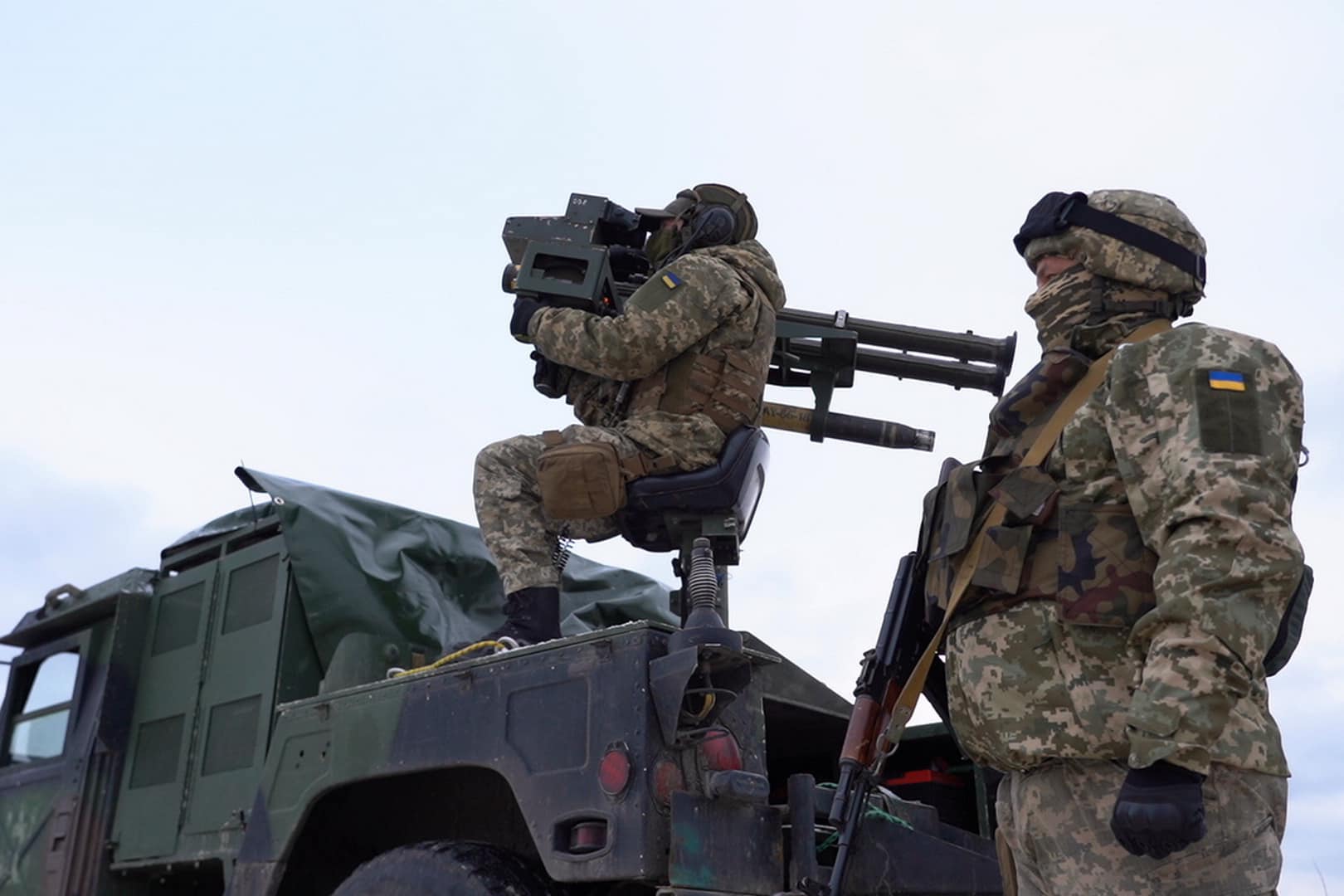 Photo: Operations of mobile air defense units (Facebook of the Ground Forces Command of the Ukrainian Armed Forces)
Photo: Operations of mobile air defense units (Facebook of the Ground Forces Command of the Ukrainian Armed Forces)
Among the armaments deployed, various missile systems stand out, such as the SAMs Osa, 'Kub,'Avenger, portable Stingers, Piorun, RBS-70, Igla, Strela, as well as artillery systems like the Soviet ZSU-23-4 Shilka and the self-propelled anti-aircraft guns Gepard obtained from German partners. Recently, American allies purchased an additional 60 units from Jordan for our country.
According to Valerii Riabykh, Gepard systems are particularly valuable in repelling attacks by Russian Shahed drones.
"The enemy aimed to significantly exhaust our air defense with Shaheds, forcing us to expend a large number of missiles in the initial stages. The use of Gepard allows for relatively inexpensive drone interceptions. If a Shahed costs tens of thousands of dollars, one or two rounds from the Gepard cost up to a dozen. If the air defense is saturated with such systems, it becomes economically disadvantageous for the Russians to employ Shaheds," he explained.
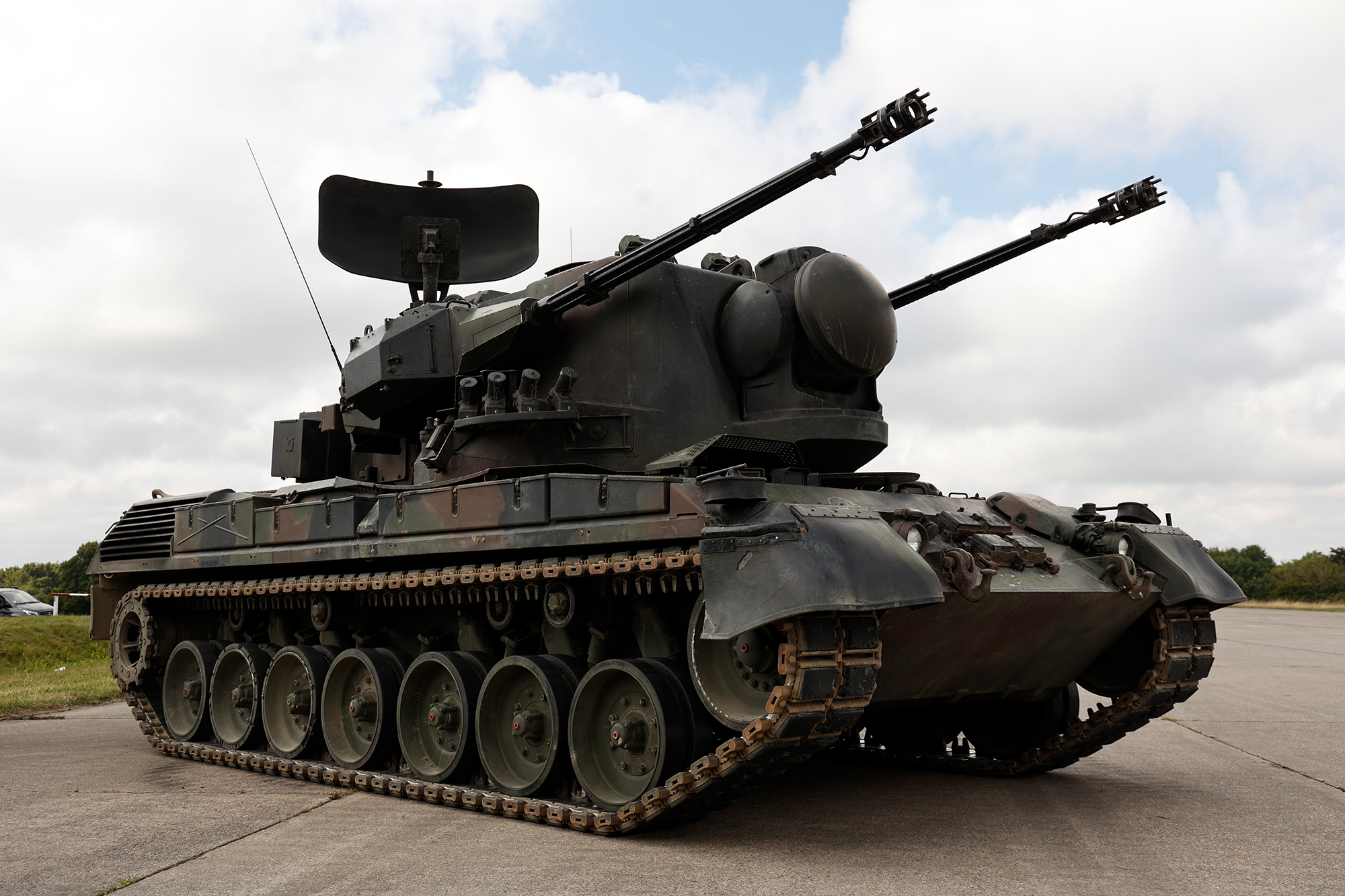 Photo: Self-propelled anti-aircraft guns Gepard have become crucial in the fight against Shaheds (Getty Images)
Photo: Self-propelled anti-aircraft guns Gepard have become crucial in the fight against Shaheds (Getty Images)
Following those are anti-aircraft missile systems that protect objects within a close range. Among those known are the IRIS-T SLS systems transferred by Germany in August, capable of intercepting aerial targets within a distance of up to 25 km. However, according to Riabykh, at this level, combat aviation takes precedence.
"The Russians employ glide bombs, dropping them from a significant distance. If previously enemy aviation had to approach the front line, now it launches weapons operating under the fire and forget principle within 10-15 km. With the acquisition of F-16s, we'll push the deployment boundary of enemy aviation farther away, potentially up to 180 km if they provide proper missiles. We can act as an extended arm as soon as it approaches the area of launching these glide bombs," he emphasized.
Regarding medium-range assets, these include the S-300, Buk systems, and Western models such as Aspide, NASAMS, IRIS-T SLM, among others. Last week, it was announced that Ukraine had received additional NASAMS systems, now deployed for combat. They are designed to protect against aerial threats within a range of up to 30 km. German IRIS-T SLM systems cover up to 40 km. According to Ambassador Martin Eger, two more systems are planned for delivery by the end of the year.
 Photo: IRIS-T system on combat duty (Ukrainian Air Force)
Photo: IRIS-T system on combat duty (Ukrainian Air Force)
Yurii Ihnat, the spokesperson for the Ukrainian Air Force, mentions the most common Western systems utilized by our forces, namely IRIS-T and NASAMS.
"The best system to date is the German-made IRIS-T, the latest model we've received. The radar is excellent; our anti-aircraft gunners told me it can spot a small sparrow, distinguishing it from a hundred kilometers away. IRIS-T operates with results close to 100%. NASAMS, in principle, is not inferior," he remarked, adding that a significant number of downed Russian cruise missiles are credited to NASAMS.
At the intersection of medium and long-range coverage, Ukrainian airspace is protected by the Patriot and SAMP-T systems. Their main feature is their capability to intercept ballistic missiles, making Ukraine less vulnerable to Iskanderand Kinzhal missiles compared to a year ago. Furthermore, it demonstrates success in countering them.
Commenting on the ballistic results, Ihnat mentions that unfortunately, the current systems are insufficient to secure the entirety of Ukraine. It's known that one SAMP-T system and two Patriot divisions are on combat duty. German partners are expected to deliver another 'Patriot.'
The American-made Patriot systems debunked the myth of the alleged impossibility of intercepting the Russian hypersonic Kinzhals, states expert Valeriy Ryabykh.
"In this regard, the Patriot system played a decisive role, performing so well that even U.S. experts were surprised. The system is highly effective, and despite its high cost, it justifies its price," he added.
At the same time, there is practically no data on the results of the SAMP-T anti-aircraft missile system. Ihor Romanenko explains this through the approach of France and Italy, which transferred it to Ukraine.
"They simply do not want such information to be disseminated. In the case of the Americans, it's the opposite. Deliveries in small quantities indicate that they are primarily advertising armaments, unfortunately not putting all their efforts into substantial assistance. This is because substantial help would involve mass deliveries, but this doesn't happen when it comes to extremely necessary types of armament," believes the former deputy chief of the General Staff."
How to further protect the skies of Ukraine
In the summaries of the Air Force after the combined Russian attacks, various figures are given: sometimes it's reported that everything is successfully intercepted, more often closer to 70-80%, and sometimes the numbers drop to half. Obviously, the reason is that Ukraine needs many more air defense systems than it currently has. Both the military and the country's leadership acknowledge this fact.
However, the task is complex. Saturation with systems of different levels is the only correct way, but no country in the world has unlimited capabilities, especially considering the costs involved. In such circumstances, a balance of reasonable sufficiency is necessary, achieved by combining systems, an optimal quantity of them, and notably, an aviation component capable of pushing Russian means of attack away from Ukraine's borders.
Regarding how much and what exactly is needed to cover the country from airborne threats, in the spring, President Volodymyr Zelenskyy mentioned in an interview with the Associated Press about 20 Patriot batteries, which might still not be enough because no one in the world had been attacked with such many ballistic missiles before the current war. Valerii Riabykh believes this is an unattainable task.
"Because there isn't such a quantity of Patriots in the world that could be simultaneously provided to Ukraine. But it's necessary to strive for that and include it in the plans for future air defense development," he noted.
One option is the creation of hybrid systems. For instance, the most expensive element of the Patriot is the radar, produced only in a few units per year. Combining Patriot launchers with Ukrainian radars might be a solution. As well as combining them with Hawk systems or modifying old Soviet complexes for Western interceptor missiles.
According to The New York Times, due to issues in finding missiles at the end of last year, old radars and about 60 Buk anti-aircraft missile systems were idling. The Ukrainian side suggested modifying them for the use of Western ammunition. Within the FrankenSAM program, hybrids of the Buk with Sea Sparrow missiles and radars with AIM-9M Sidewinder launchers emerged.
Another option is leasing. In October, Zelenskyy announced that he had appealed to allies to provide air defense assets for the winter period. The Air Force confirmed that such practices had been carried out before, although the list of partners wasn't disclosed due to the sensitivity of the matter. Later, Yurii Ihnat clarified that there was a case where a complex was taken for a certain period to protect a specific object and for personnel to familiarize themselves with it. As of today, the complex has been returned.
In any case, it's futile to expect that if Ukraine acquires a lot of armaments of a certain type, the issue of protecting the airspace will be conclusively resolved.
"A multi-level system needs to be formed with different complexes of short, medium, and long-range action. Plus, fighters are needed, absolutely necessary. It's necessary to develop electronic warfare, and all of this should be managed by an automated system. There are Western elements, there are domestic ones, they need to be combined to enhance the effectiveness of air and missile defense," summarizes Ihor Romanenko, adding that no country has managed to close off entirely by 100%.
Ukrainian air defense, by and large, has performed well in the first year of full-scale war. Despite a significant number of misses, it ensured the functioning of the Defense Forces, protected many objects, and preserved aviation. Since then, it has evolved, and with Western assistance, it continues to grow stronger. At what rate? The coming months will show, especially if Russia resumes regular mass air strikes.
